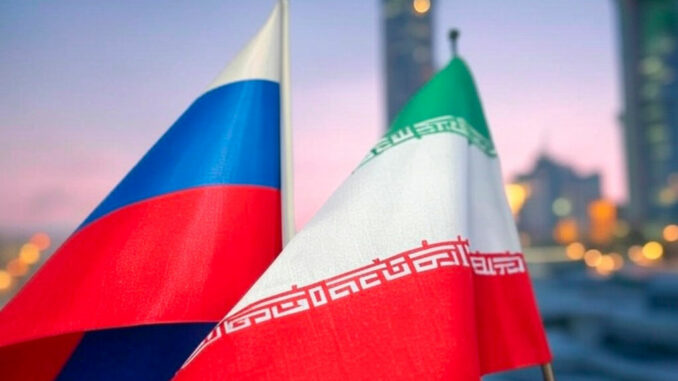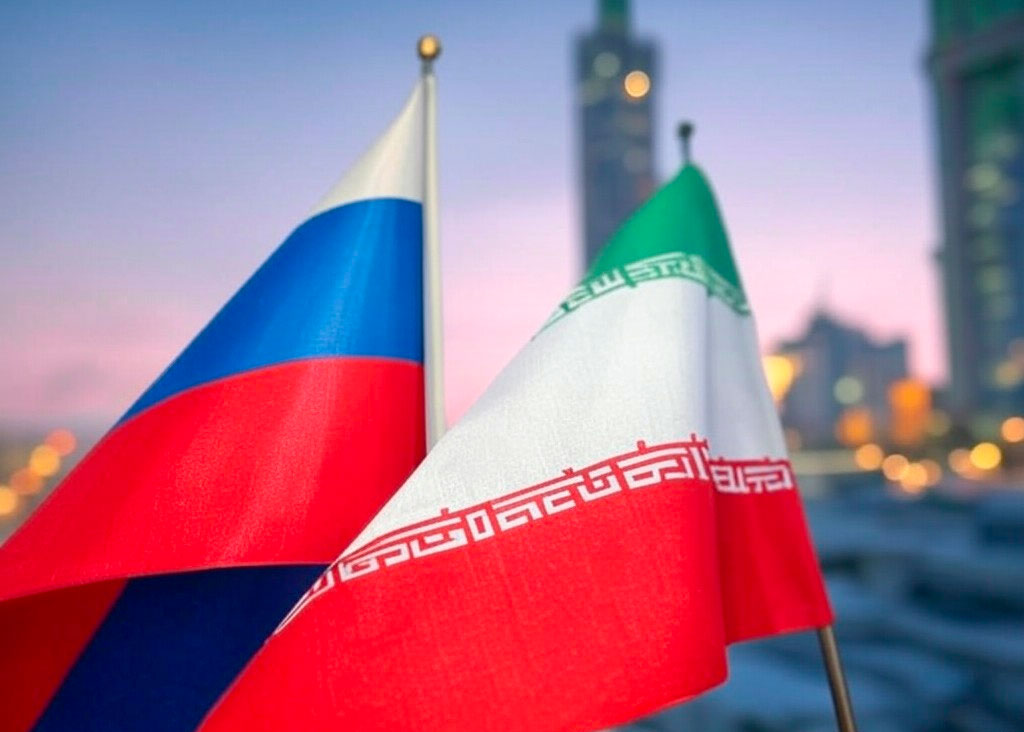
Russia and Iran sign a comprehensive strategic partnership to strengthen their cooperation in defense, energy and technology against the West.
Russia and Iran have signed a comprehensive strategic partnership agreement, covering areas ranging from defense to energy and science. The agreement, formalized in Moscow, formalizes an already expanding cooperation, notably in arms production and nuclear energy. This rapprochement takes place against a backdrop of growing international tensions and economic isolation for both nations. The agreement also symbolizes a joint response to Western sanctions, consolidating key projects such as the local production of Iranian drones in Russia.
An alliance strengthened by mutual needs
The comprehensive strategic partnership signed between Moscow and Teheran marks a major milestone in bilateral relations between the two countries. This agreement replaces a treaty signed in 2001, which has now expired, and reflects the converging interests of the two nations in the face of Western economic and diplomatic pressures.
The treaty covers a wide range of areas, including defense, counter-terrorism, energy, transport and culture. One of the main thrusts is the expansion of defense cooperation. Iran has supplied Russia with Shahed drones, used in the Ukraine conflict, and has set up a drone production plant in Moscow. At the same time, Russia continues to supply defense systems such as the S-300 to Teheran, strengthening Iran’s military capability.
On the energy front, Vladimir Putin stressed the importance of bilateral nuclear projects, which include civil nuclear power plants. This is of strategic importance for Iran, which faces Western sanctions that limit its access to modern technologies.
A Moscow-Tehran axis in response to sanctions
The signing of this agreement illustrates a joint strategy to circumvent international sanctions. According to estimates, Western sanctions have cost the Russian economy more than 391 billion euros since 2014, while Iran, which has been hit by sanctions for decades, sees its economy severely constrained.
By developing joint projects, such as the local production of drones and the strengthening of logistics infrastructures, the two countries are seeking to reduce their dependence on Western imports. This military and industrial cooperation could generate significant economic spin-offs. For example, the production of Shahed drones in Russia could reduce logistics costs and increase the speed of supply to the armed forces.

Geopolitical and strategic consequences
This partnership takes place in a tense geopolitical context, where Russia and Iran are seeking to counter Western influence in the Middle East and Eurasia. Iran, weakened by the loss of strategic allies such as the Assad regime in Syria, sees in this alliance an opportunity to regain regional influence.
For its part, Russia is taking advantage of this collaboration to reinforce its role as a key supplier in the region. The local production of Iranian drones in Russia illustrates this dynamic, enabling Moscow to maintain its operations in Ukraine while indirectly supporting Iran’s allies in the Middle East.
Cooperation in the space and nuclear sectors, mentioned in the agreement, could also provide Iran with advanced technological capabilities, strengthening its regional position. However, this fuels the concerns of the USA and its allies about the proliferation of sophisticated weapons and the development of nuclear programs.
Expanding military cooperation
Iran and Russia are actively cooperating in the production of loitering munitions, used in Ukraine in particular. These inexpensive but effective drones can saturate enemy defenses. In 2023, Iran exported more than 400 Shahed drones to Russia, a figure that is set to rise with the new production plant in Moscow.
Defense systems supplied by Russia, such as the S-300, strengthen Teheran’s capabilities in the face of aerial threats. In return, Russia benefits from Iranian drone technologies, which have proved resistant to electronic warfare, as demonstrated on the Ukrainian battlefield.
However, this cooperation raises international concerns. The USA has warned that this alliance could intensify conflicts in the Middle East and jeopardize regional security.
Economic and industrial consequences
In economic terms, this agreement represents an opportunity for Iran to circumvent its supply constraints. By drawing on Russian technology and infrastructure, Tehran can modernize its industries while diversifying its commercial partnerships.
For Russia, economically isolated since the start of the conflict in Ukraine, the alliance with Iran offers strategic and industrial support. Joint projects, particularly in the energy field, could generate additional revenues for both countries. For example, the nuclear power plants currently under construction in Iran, estimated at more than 10 billion euros, are a lever for the Russian economy while strengthening Iran’s energy autonomy.
A contested alliance
Despite its strategic advantages, this alliance is criticized by many international players. The United States and the European Union see the partnership as a threat to regional stability. Additional sanctions could be envisaged to curb the ambitions of Moscow and Teheran.
Internally, this cooperation could also cause tensions. Iran, already facing anti-government protests and a struggling economy, could face increased opposition if its military investments come at the expense of its population’s needs.
The Strategic Partnership Treaty between Russia and Iran reflects a convergence of interests in the face of common challenges. By strengthening their cooperation in key areas such as defense and energy, the two nations seek to position themselves as major players on the international stage. However, the implications of this agreement, both regionally and globally, will continue to generate debate and concern in the years to come.
War Wings Daily is an independant magazine.